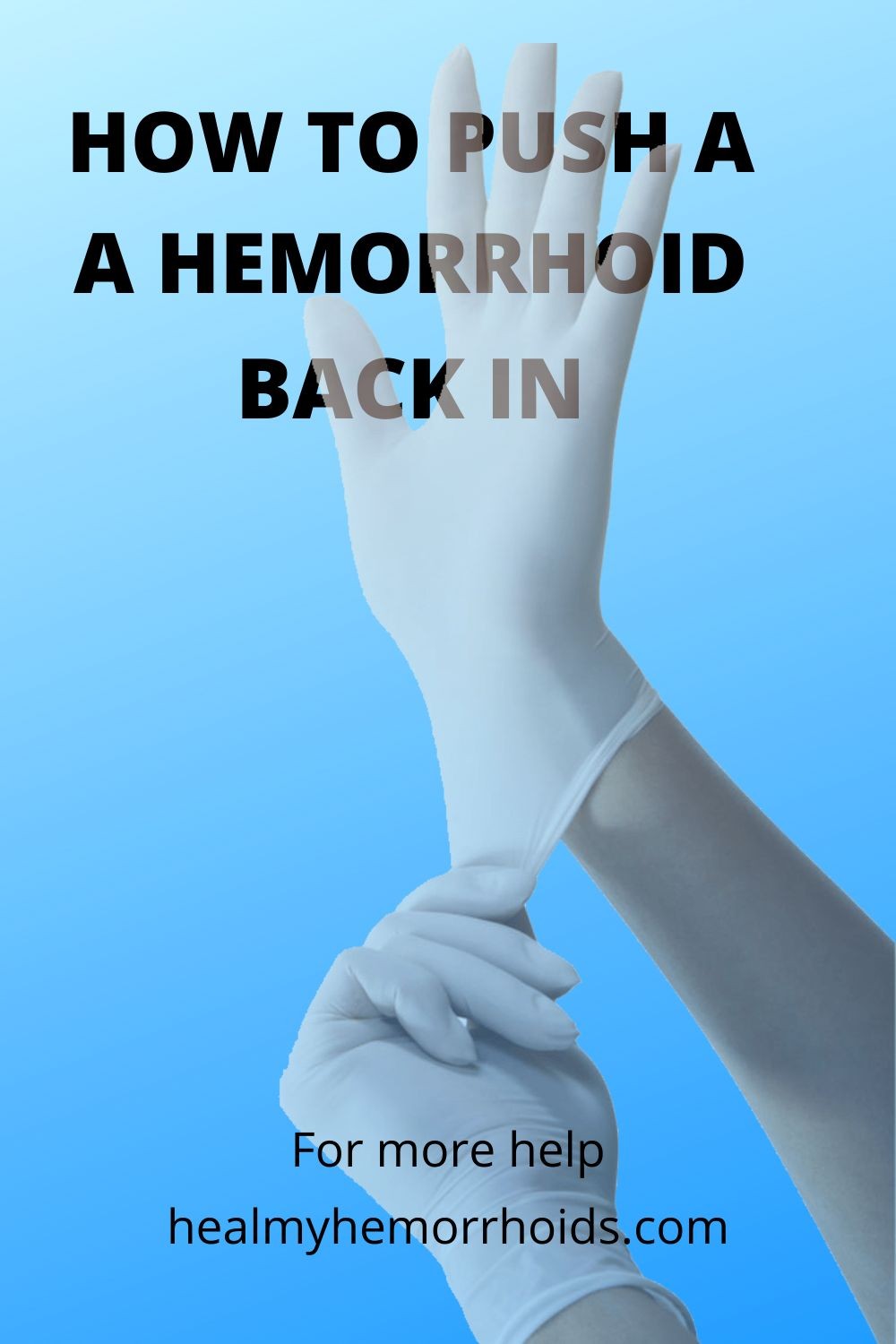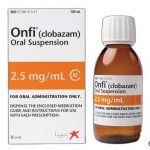
Do I Have Hemorrhoids or Rectal Prolapse?
Understanding the signs and symptoms of hemorrhoids versus rectal prolapse is crucial for receiving proper treatment.
Hemorrhoids and rectal prolapse can cause similar symptoms in the rectum, but there are significant differences in how these conditions manifest. Understanding their signs and symptoms is vital for receiving appropriate treatment.
What are hemorrhoids vs. rectal prolapse?
Many people wonder about the relationship between hemorrhoids and rectal prolapse. Once you understand the difference, you can better identify your symptoms.
What are hemorrhoids?
Beneath the mucous membrane lining of the lowest part of the anus and rectum, there are clusters of veins. When these veins become swollen, it leads to a condition called hemorrhoids. Hemorrhoids are actually varicose veins that form in the rectum.
There are two common types of hemorrhoids:
- Internal hemorrhoids: Small, swollen veins typically found in the walls of the anal canal. They can sometimes grow large and protrude from the anus. Bulging veins can be painful if squeezed or cut off from their blood supply.
- External hemorrhoids: Veins beneath the skin of the rectum that become irritated and start to clot. This can result in a hard lump in the area.
What is rectal prolapse?
Rectal prolapse occurs when the walls of the rectum slide out of their normal position due to a loosening of their attachments inside the body. There are three types of rectal prolapse:
- Partial prolapse: The rectum’s mucous membrane lining slides out of position and protrudes from the anus. This can happen during a bowel movement and is most common in children under two years old.
- Complete prolapse: The entire rectum wall slides out of its normal position and protrudes from the anus. It can occur during a bowel movement or while standing or walking. In severe cases, the rectum tissue may stick out all the time.
- Internal prolapse: Part of the large intestine’s wall or rectum moves into a different area.
Symptoms of hemorrhoids vs. rectal prolapse
Hemorrhoids and rectal prolapse share some symptoms, but there are distinct differences between the two conditions.
Symptoms of hemorrhoids
Common symptoms include:
- Blood in the stool
- Pain and irritation around the anal area
- Swelling or a hard lump around the anal area
- Itchiness around the anus
Symptoms of rectal prolapse
Typical symptoms include:
- Constipation
- Itching
- Bulge in the anus after sneezing, coughing, or lifting
- Pain and bleeding in the rectum
- Mucous discharge in the stool
- Fecal incontinence
- Pressure in the rectum
Causes of hemorrhoids vs. rectal prolapse
Causes of hemorrhoids
Hemorrhoids are usually caused by strain on the veins around the anus, often due to constipation. Risk factors include:
- Pregnancy
- Family history of hemorrhoids
- Prolonged sitting on the toilet
- Being overweight or obese
- Activities that strain the rectum
- Chronic constipation or diarrhea
- Age between 45 and 65
Causes of rectal prolapse
Rectal prolapse is generally caused by weakened muscles supporting the rectum, with women being more susceptible than men. Risk factors include:
- History of constipation
- Childbirth
- Chronic diarrhea
- Overuse or abuse of laxatives
- Straining during bowel movements
- Previous stroke
- Spinal cord issues
- Cystic fibrosis
- Dementia
Diagnosis of hemorrhoids vs. rectal prolapse
If you notice symptoms like blood in your stool or constant irritation around your anus, it is important to see a physician for evaluation and diagnosis.
Diagnosis of hemorrhoids
Doctors usually diagnose hemorrhoids through a physical exam and discussion of symptoms. Additional tests may be requested, including:
- Digital rectal examination (DRE)
- Anoscopy
- Proctoscopy
- Sigmoidoscopy
- Colonoscopy
Diagnosis of rectal prolapse
In addition to a physical exam, your doctor may request tests such as:
- Videofecogram
- Anorectal manometry
- Barium enema
Treatment of hemorrhoids vs. rectal prolapse
Treatment of hemorrhoids
Severe cases may require surgery, but milder cases can often be managed with home remedies, including:
- Sitting in a warm water bath several times a day
- Applying ice packs to reduce swelling
- Using hemorrhoid creams or suppositories
- Incorporating more fiber into your diet
- Taking stool softeners
Treatment of rectal prolapse
Treatment focuses on preventing constipation and straining. Kegel exercises and stool softeners can be beneficial. In some cases, surgery may be necessary:
- Abdominal repair to attach the rectum to the backbone
- Rectal repair to remove the prolapsed section
- Combined abdominal and rectal repair
Consult with your doctor to determine the appropriate treatment for your hemorrhoids or rectal prolapse and find relief from pain and discomfort.
QUESTION
Resources:
1. Harvard Health Publishing: "Hemorrhoids and what to do about them."
2. Michigan Medicine: "Hemorrhoids."
3. Michigan Medicine: "Rectal Prolapse."
4. John Hopkins Medicine: "Hemorrhoids."
5. John Hopkins Medicine: "Rectal Prolapse."
6. John Hopkins Medicine: "Rectal Prolapse."


